You are here
New Releases

UNFPA Mongolia COVID-19 SitRep #9 January 1 - 31 2021
The Government has reported that it has full control over the spread of COVID-19 infections in the countryside, but there has been a rapid rise of cluster infections in Ulaanbaatar city, detected through contact tracing, testing and active surveillance. The clusters include state and private hospitals, bank branches, car dealers, persons living in apartment complexes, pharmacies, and other business settings, confirming there is community transmission in Ulaanbaatar city.
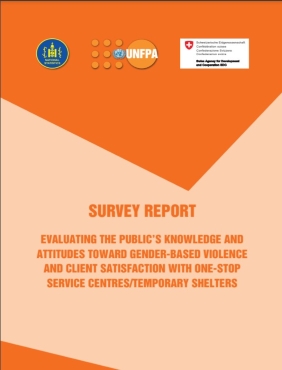
Survey Report: EVALUATING THE PUBLIC’S KNOWLEDGE AND ATTITUDES TOWARD GENDER-BASED VIOLENCE AND CLIENT SATISFACTION WITH ONE-STOP SERVICE CENTRES/TEMPORARY SHELTERS
A total number of 5,000 respondents were surveyed, and this is composed of 150 to 180 people from each of the 21 provinces, and 200 to 300 people selected from each of the 6 central districts of Ulaanbaatar. Further breaking down the respondents’ residential location, 32.3 per cent are from the capital city of Ulaanbaatar, 57.0 per cent are from the provincial center, 8.9 per cent are from the soum center, while 1.8 per cent are from rural areas. From the total number of respondents, 26.2 per cent are men and 73.8 per cent are women.
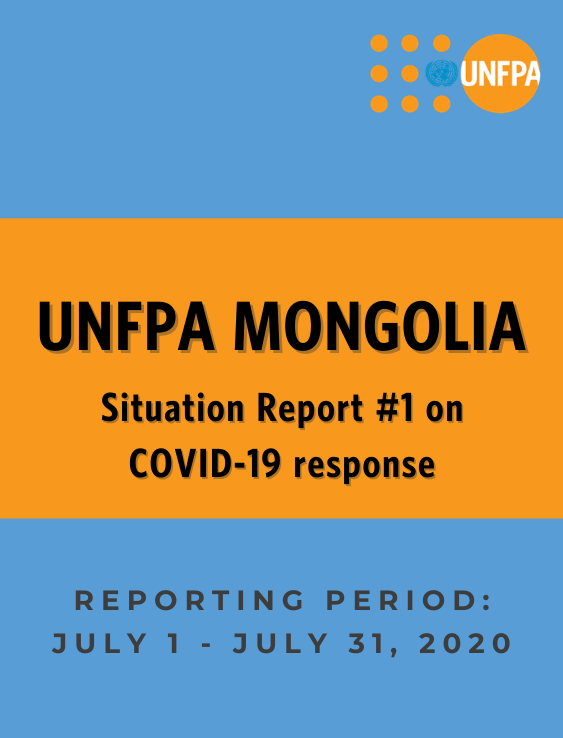
UNFPA Mongolia COVID-19 SitRep #1 July 1-31 2020
UNFPA Mongolia SitRep for COVID-19 response, covering the period from 1 to 31 July 2020
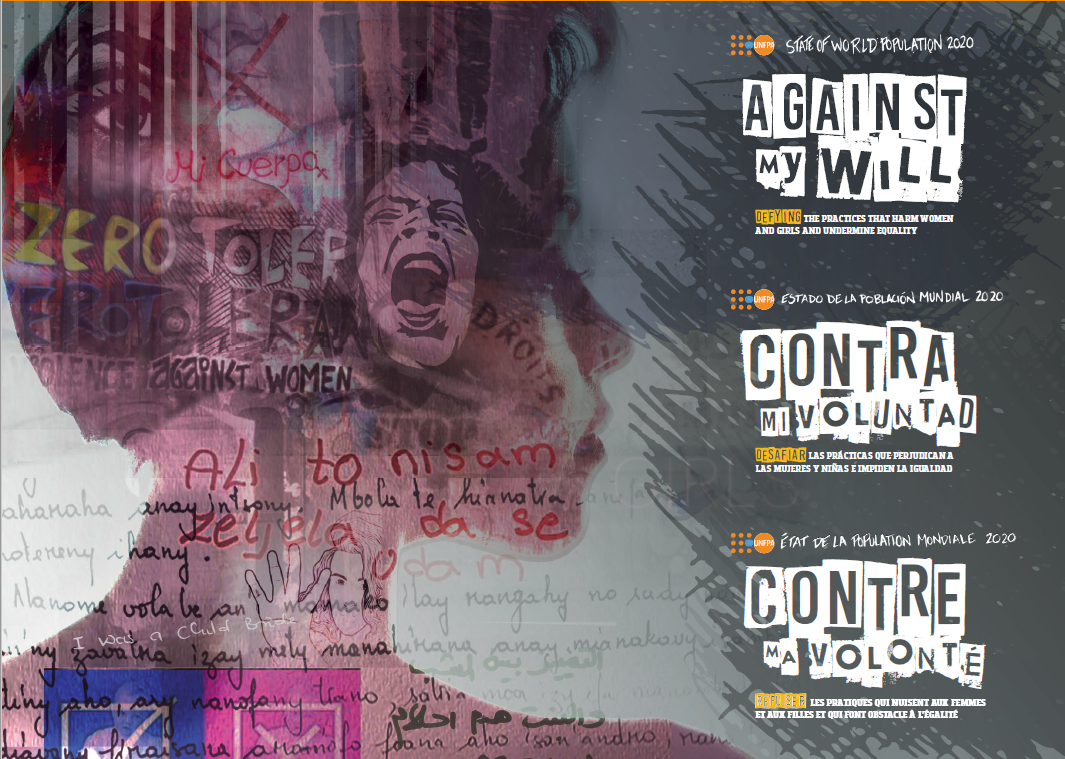
State of World Population 2020
Every year, millions of girls are subjected to practices that harm them physically and emotionally, with the full knowledge and consent of their families, friends and communities. Such practices result in acute and often irreversible harm but may be accepted as normal, even beneficial.
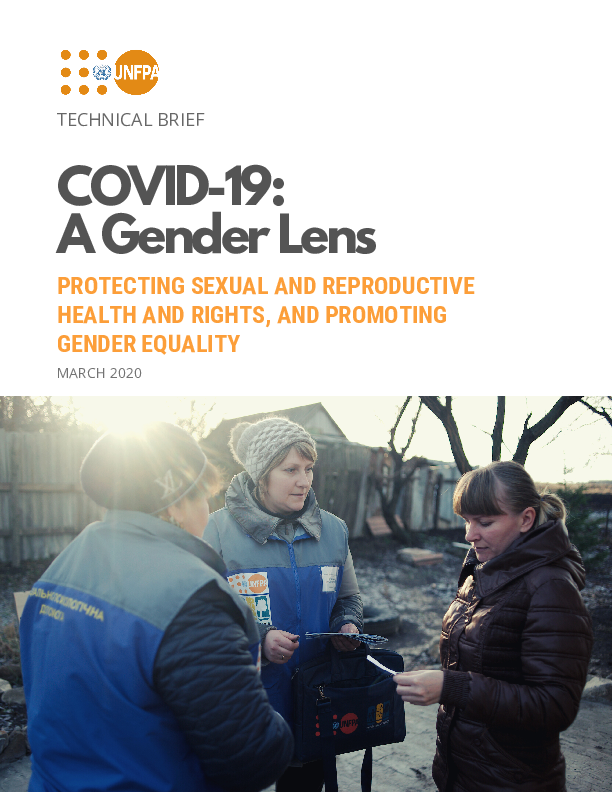
COVID-19: A Gender Lens
Disease outbreaks affect women and men differently, and pandemics make existing inequalities for women and girls and discrimination of other marginalized groups such as persons with disabilities and those in extreme poverty, worse. This needs to be considered, given the different impacts surrounding detection and access to treatment for women and men.
Women represent 70 percent of the health and social sector workforce globally and special attention should be given to how their work environment may expose them to discrimination, as well as thinking about their sexual and reproductive health and psychosocial needs as frontline health workers.
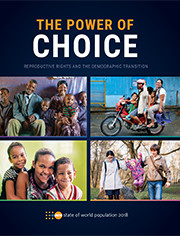
State of World Population 2018
Not so long ago, most people had large families: five children, on average.
Where once there was one global fertility rate, today there are many, with differences wider than at any point in human history
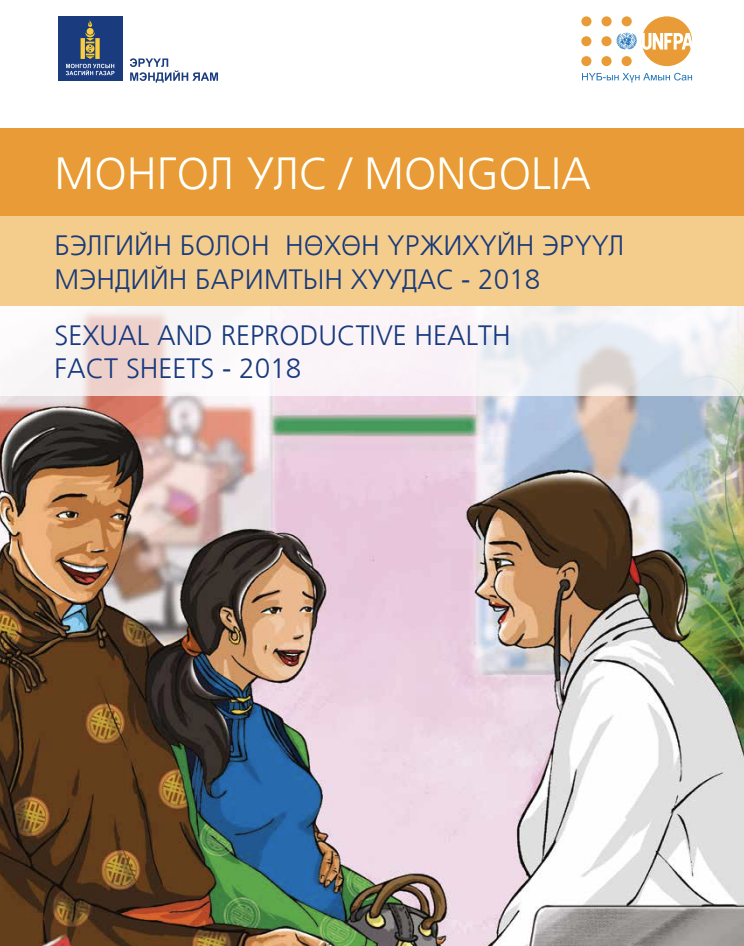
SEXUAL AND REPRODUCTIVE HEALTH FACT SHEETS - 2018
The "Mongolian Sustainable Development Vision-2030”, was endorsed by the Resolution #19 of the Great State Hural of Mongolia (The Parliament of Mongolia), on 19th February 2016. The sexual and reproductive health and rights-related objectives and indicators were articulated
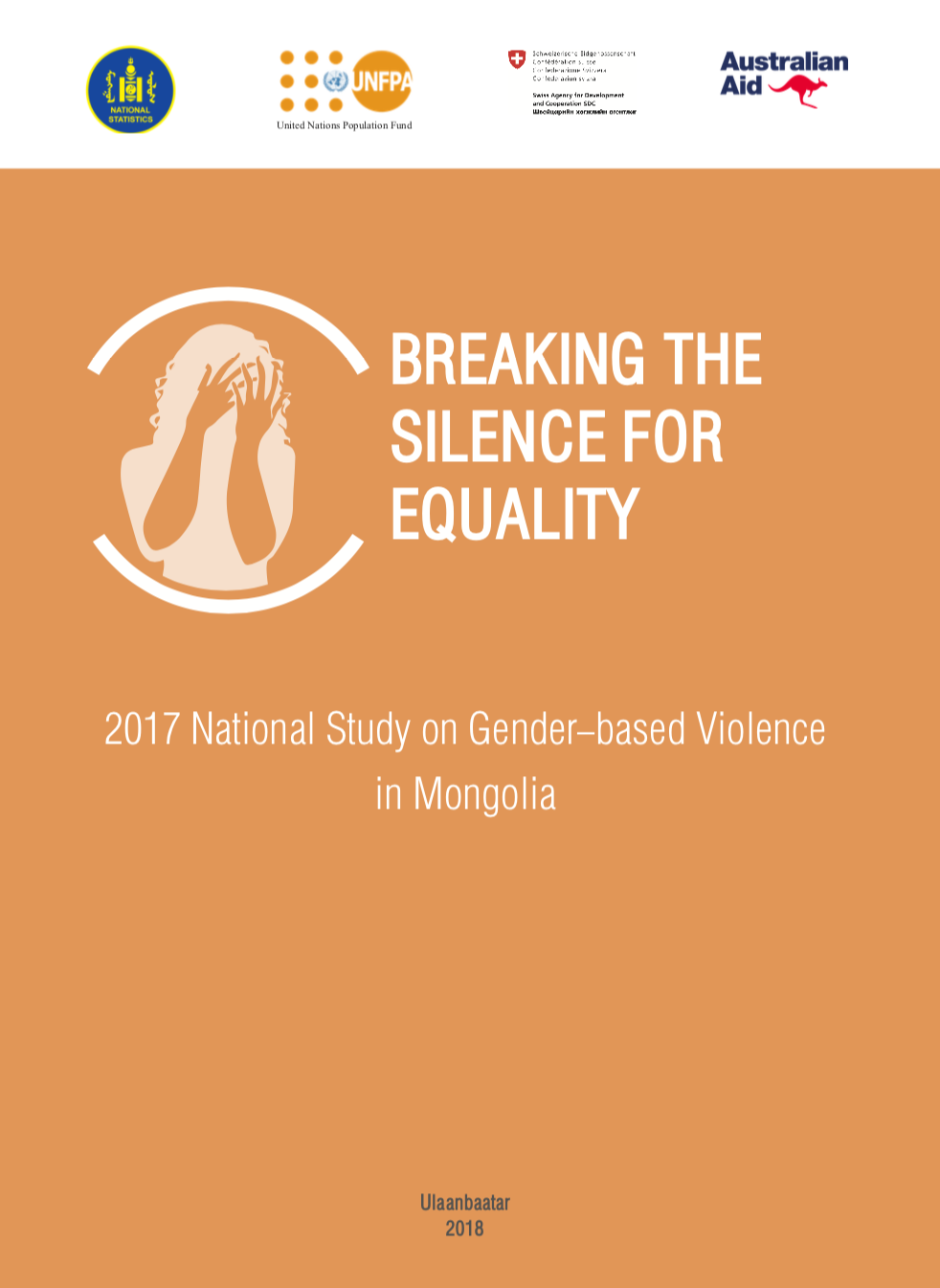
Breaking the silence for equality: 2017 National Study on Gender-based Violence in Mongolia
Up until now, very little has been known about the prevalence and patterns of gender-based violence in Mongolia. Hence, there has been a real need for evidence to learn more about the prevalence, causes and consequences of gender-based violence, and in particular to inform policy directions. To address this lack of data, UNFPA Mongolia and NSO conducted a nationwide study on the prevalence of violence against women – Breaking the Silence for Equality: 2017 National Study on Gender-based Violence in Mongolia. This is the first large-scale quantitative and qualitative study on this topic that has ever been conducted in Mongolia.
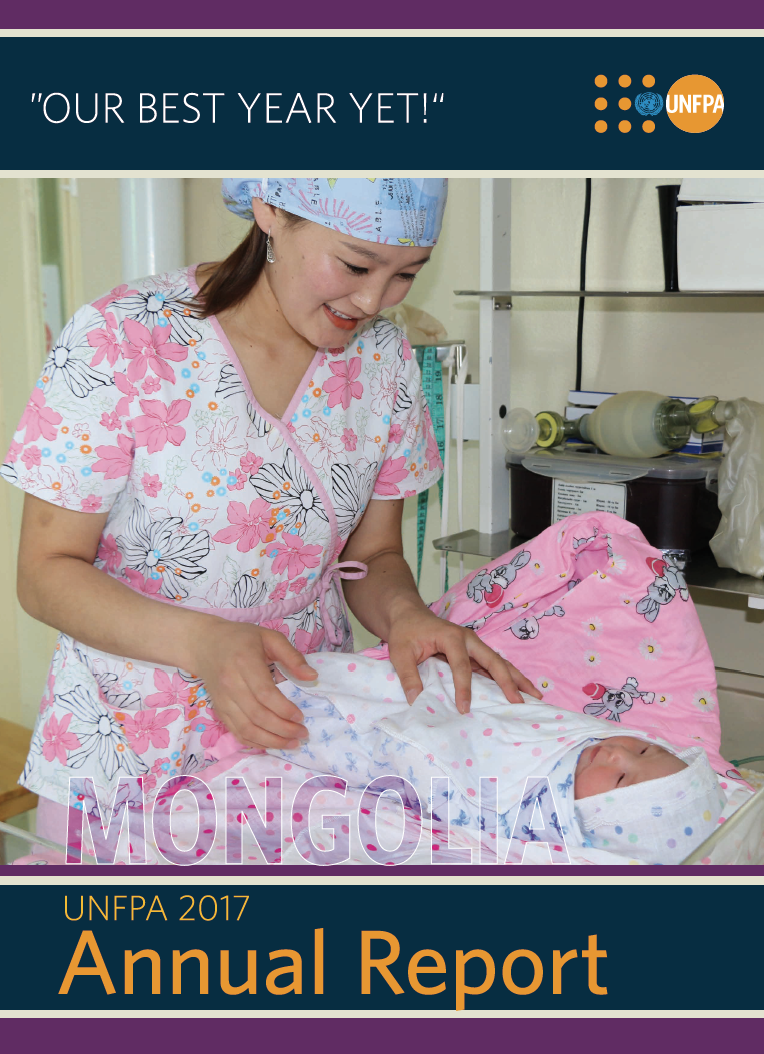
2017 UNFPA Mongolia Annual Report: Our best year yet!
Download and read about our achievements in our 2017 Annual Report.
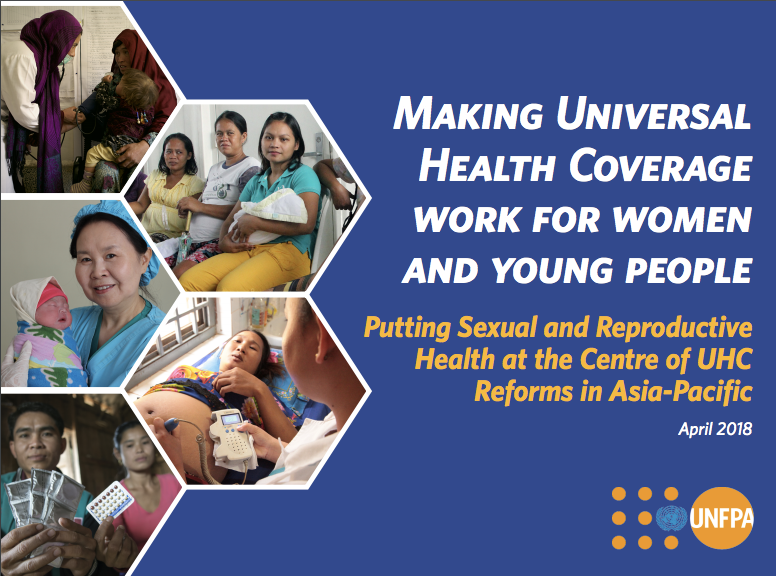
Policy brief: making universal health coverage work for women and young people
This report reviews access to sexual and reproductive health services in six Asia-Pacific nations to analyse progress, identify gaps and recommend ways forward to strengthen and further develop Universal Health Coverage, sexual and reproductive health policies and health financing reforms.